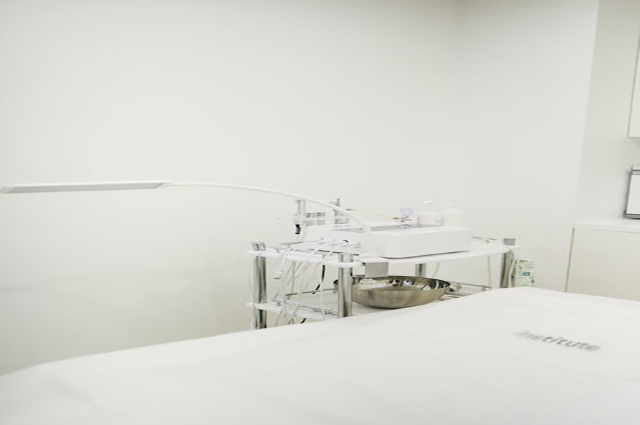最佳答案The Introduction of Light Emitting Diodes (LEDs)
Light Emitting Diodes (LEDs) are a kind of semiconductor device that has been widely used in many fields due to
The Introduction of Light Emitting Diodes (LEDs)
Light Emitting Diodes (LEDs) are a kind of semiconductor device that has been widely used in many fields due to their high energy efficiency, low power consumption, and long lifespan. In this article, we will focus on discussing the LED in Proteus, which is an electronic circuit simulator software used for designing and testing electronic devices.
The Functionality of LEDs in Proteus

Proteus offers a wide range of electronic components for designers to use, including LEDs. The LED in Proteus is designed in the form of a model that simulates the behavior of the real LED. It can be used as an indicator for circuits where designers need to know whether the circuit is working or not. In Proteus, LED can be placed in both analog and digital circuits.
The LED in Proteus has several properties that users can customize, such as the color, brightness, and on/off behavior. By changing these parameters, designers can create different scenarios and test the circuit in various conditions.
Moreover, the LED in Proteus can also simulate the real LED's response to different input signals, such as a square wave, triangle wave, or sine wave. This allows designers to check the LED's response under different voltage and current levels.
The Advantages of Using LEDs in Proteus

The LED in Proteus provides several advantages for circuit designers:
- Realistic simulation: The LED in Proteus simulates the behavior of the real LED, providing designers with an accurate representation of LED response.
- Flexibility: Users can customize the LED's properties to meet their design requirements, such as color, brightness, and response frequency.
- Cost-effective: Using the LED in Proteus eliminates the need to purchase and collect real LED components, reducing circuit design costs and the burden of component inventory management.
- Safe: The LED in Proteus is designed to operate within safe voltage and current levels, eliminating the risk of damage to both the LED and the circuit during testing.
The Applications of LEDs in Proteus

The LED in Proteus has a wide range of applications in circuit design and testing, including:
- Indicator lights: LEDs can be used in circuits to signal the circuit's working status.
- Lighting effects: LEDs can be used to create custom lighting effects in circuits, such as flashing, fading, or color-changing.
- Testing LED driver circuits: By using the LED model in Proteus, designers can test the LED driver circuits and verify the correct functionality of the circuit.
The Limitations of LEDs in Proteus

While the LED in Proteus provides several advantages, it also has some limitations that designers need to keep in mind:
- Lack of physical constraints: The LED in Proteus does not have any physical constraints, such as forward voltage drop, which the real LED may experience. Designers need to consider this when they use the LED in their circuits.
- No thermal effect: The LED in Proteus does not have thermal effects, which, in the real LED, may result in color shift, low brightness, or permanent damage.
- Not a substitute for the real LED component: Although the LED in Proteus can simulate the behavior of a real LED, it cannot replace the real LED's role in the final product.
The Conclusion
In conclusion, the LED in Proteus is an excellent tool for circuit designers in simulating LED behavior and verifying LED driver circuits' functionality. However, designers need to be mindful of the LED model's limitations and adjust their design accordingly to use real LEDs in the final product for optimal performance.







